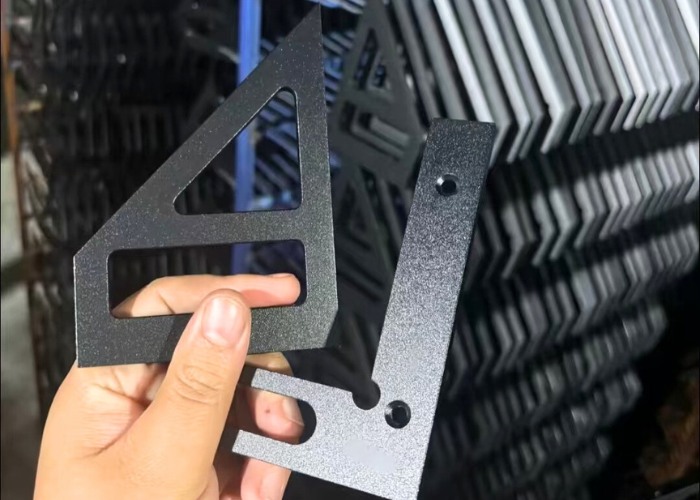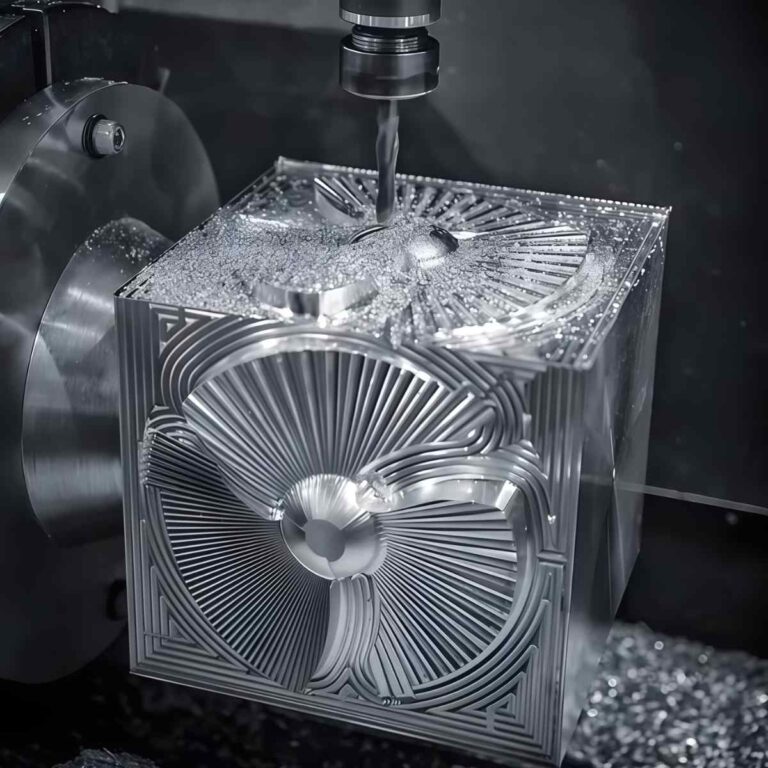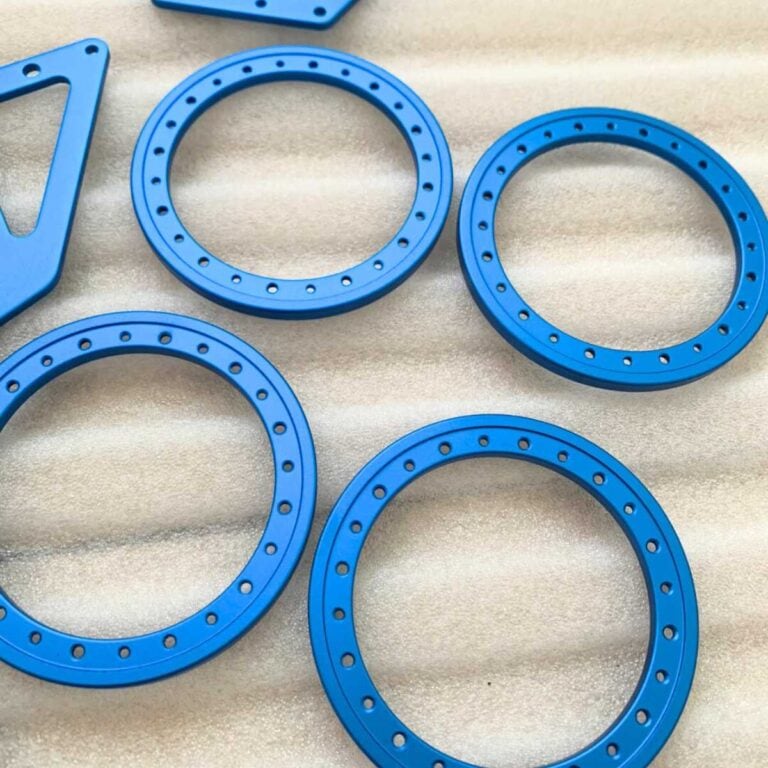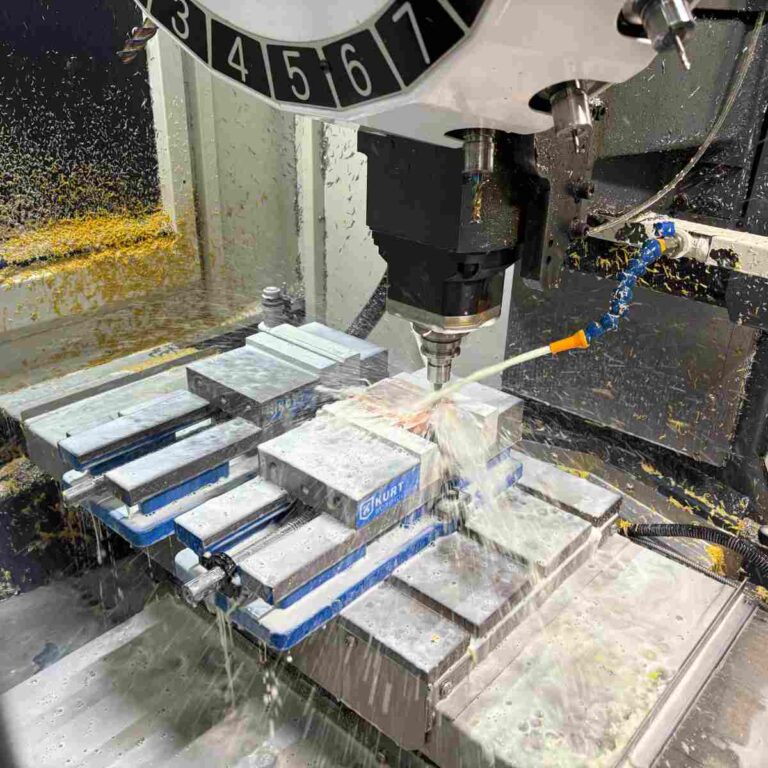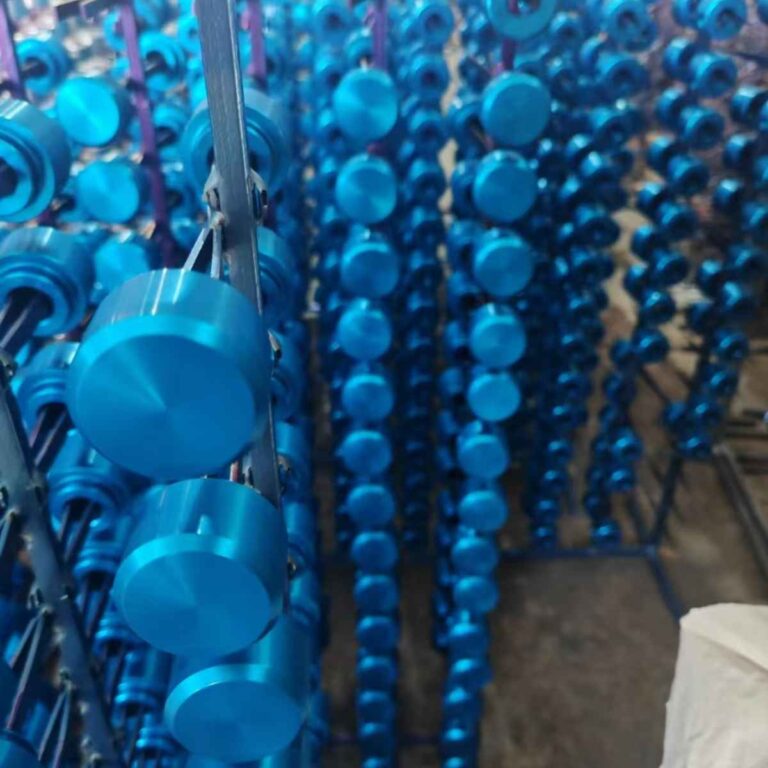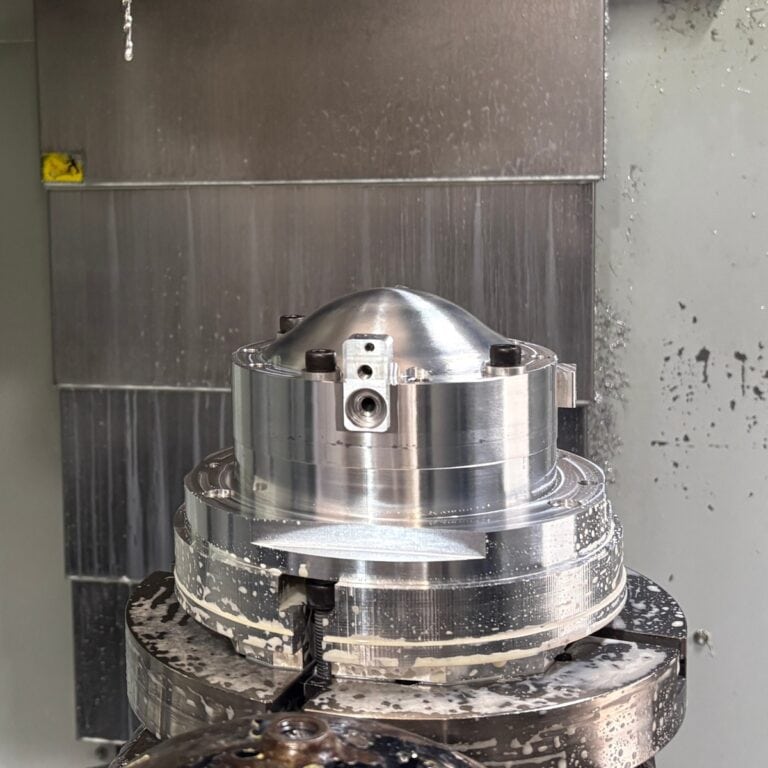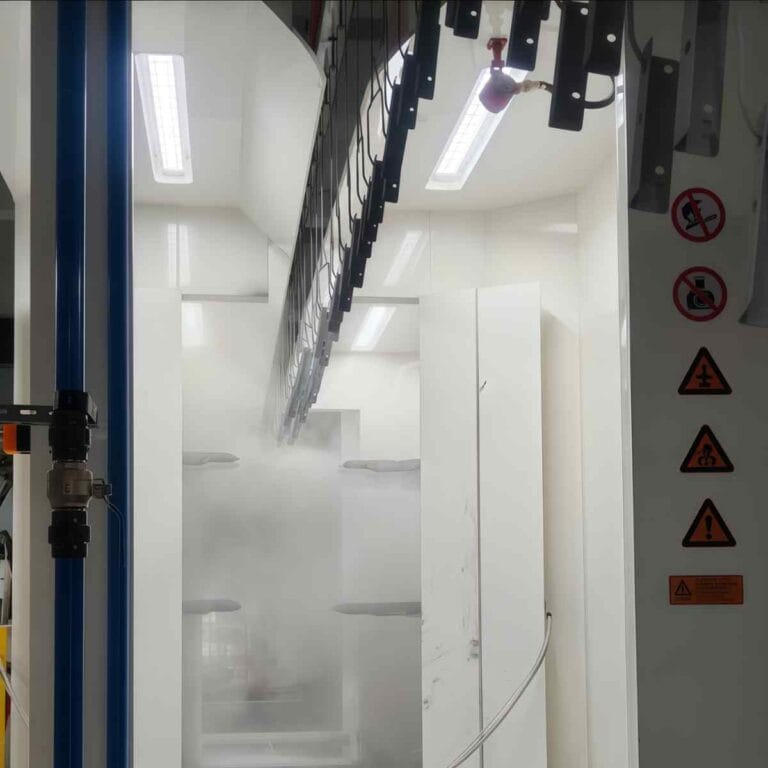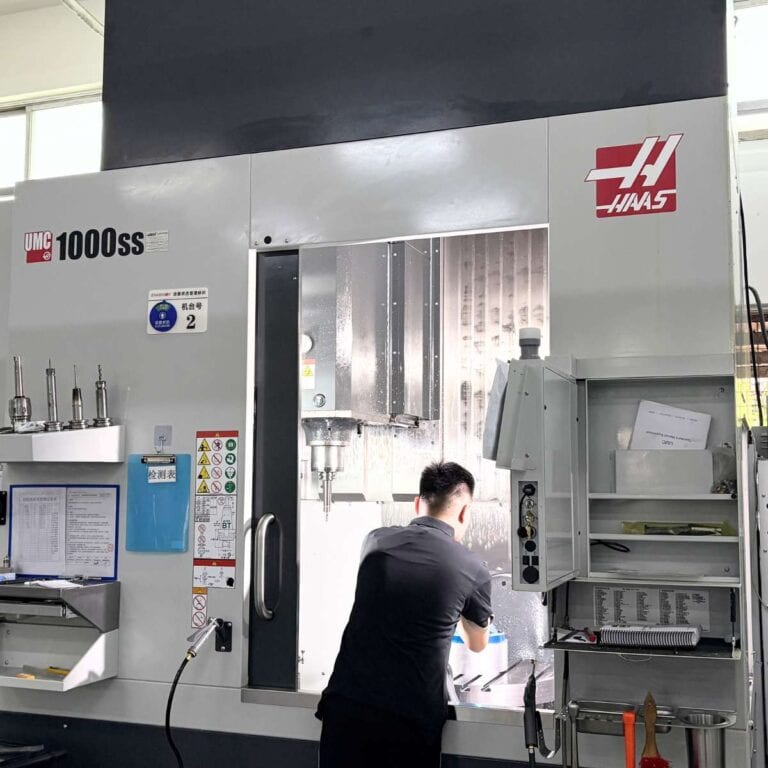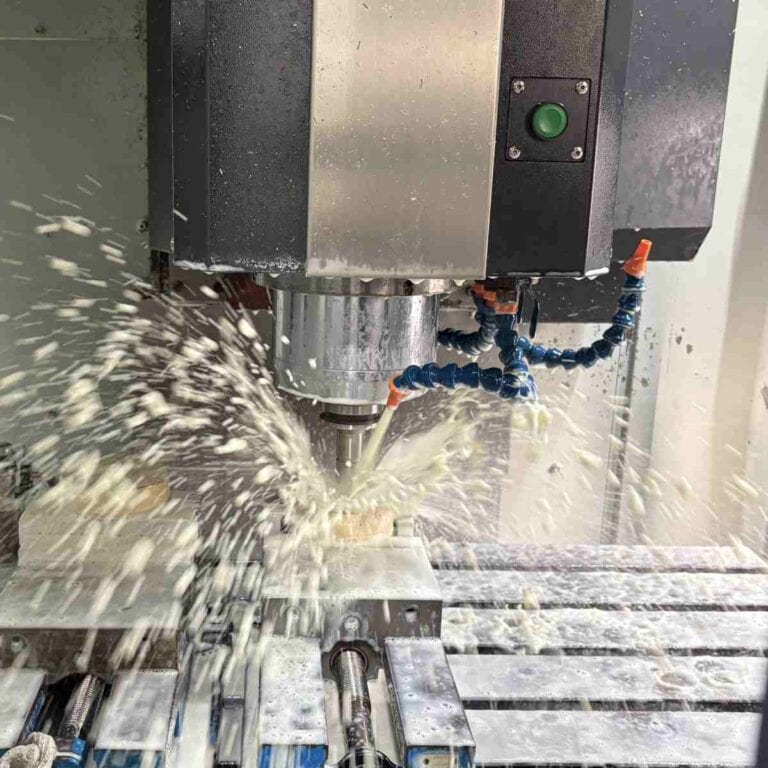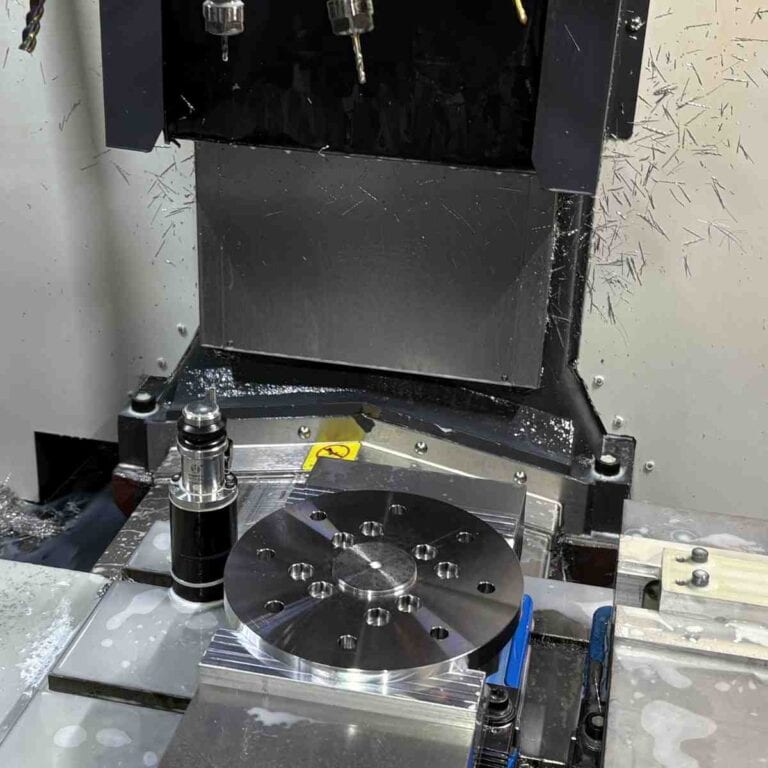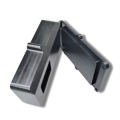Polyimide (PI) is a high-performance engineering plastic known for its high temperature resistance, corrosion resistance, and excellent electrical properties. It is often hailed as the “diamond among plastics.” It is widely used in high-end industries such as aerospace, medical, semiconductors, etc., and still demonstrates excellent stability and reliability under extreme temperatures and harsh environments. I will give you a comprehensive understanding of pi materials and their processing methods from the dimensions of definition structure, core performance, processing methods, application industries and environmental compliance.
What Is PI Material
Polyimide (PI) is a type of polymer material containing imide structural units in the main chain. It is one of the very few engineering plastics that can maintain stable performance under extremely high temperatures. According to the structure of the main chain, PI can be subdivided into aromatic, aliphatic and semi-aromatic types. Aromatic PI is the most widely used type in industrial applications because its rigid molecular structure brings excellent thermal stability and mechanical properties.
I have chosen aromatic polyimide as a key material many times in medical device and semiconductor precision component projects. For example, in the processing of wafer trays and high-voltage insulation parts, customers require a long-term operating temperature of 260°C and a dimensional error within ±0.02 mm, which is difficult to meet with other engineering plastics. The performance of aromatic PI materials exceeded expectations, especially in repeated thermal cycle tests without obvious deformation or degradation.
The glass transition temperature (Tg) of aromatic PI is generally over 300°C, and the thermal decomposition temperature can reach 500–600°C. Some modified grades can even withstand instantaneous high temperatures up to 800°C.
Its mechanical properties are also outstanding, with a tensile strength of 100–180 MPa and an elastic modulus in the range of 3.0–4.5 GPa, and it can still maintain more than 80% of its strength at high temperatures.
In terms of electrical insulation, aromatic PI has a volume resistivity of up to 10^16 Ω·cm and a breakdown voltage of over 200 kV/cm, making it an ideal choice for high-frequency electronics and high-voltage equipment.
In my actual application, PI material has the following characteristics compared with other high-performance plastics:
Compared With PEEK , PI has stronger heat resistance, especially in the range of >300°C, it can still maintain mechanical strength , but its toughness is slightly lower, so care should be taken to prevent micro cracks during processing .
Compared With PPS , PI has better electrical insulation and thermal aging life .
Compared With POM (Delrin) , PI’s dimensional stability and creep resistance are far superior under high temperature and high humidity conditions, making it suitable for precision machinery and microelectronics manufacturing.
Therefore, I believe that polyimide is not a panacea, but a strategic material that provides the only solution in certain extreme scenarios. The key to choosing PI is to understand its performance boundaries and match the appropriate grade and molding method according to the needs.
Performance Of PI Materials
Polyimide (PI) is a high-performance engineering plastic that can operate stably under high temperature, high voltage, and strong chemical corrosion environments. I have used PI extensively in a variety of projects such as aerospace, semiconductors, and medical equipment. It has demonstrated industry-leading levels in thermal, mechanical, electrical, and dimensional stability. Compared with materials such as PEEK, PPS, and POM, PI performs more reliably under harsh working conditions and is often selected as a lightweight solution to replace metal or multi-layer composite structures.
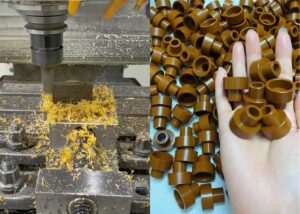
Thermal Performance : PI’s thermal decomposition temperature can be as high as 500-600°C, much higher than PEEK (343°C) and PPS (280°C). Its thermal deformation temperature exceeds 300°C, and can reach up to 400°C for short-term use. In a high-temperature insulation shell project I led, we put the PI material into a 385°C constant temperature furnace for continuous testing for 48 hours, and the deformation was controlled within ±0.02 mm, with no cracks or carbonization.
Mechanical Properties : PI’s tensile strength is generally 100–180 MPa, and its elastic modulus is 3.0–4.2 GPa. Even at high temperatures or long-term operation, its mechanical strength remains stable. I once tested a PI part used in a probe arm structure, which only had a permanent deformation of 0.05 mm after 10⁶ fatigue cycles, far outperforming similar engineering plastics.
In Terms Of Electrical Performance : the dielectric strength of PI material is >150 kV/mm, and the volume resistivity is as high as 10^15–10^17 Ω·cm, which is suitable for high-voltage insulation applications. The PI high-voltage sheet material we customized for a nuclear power instrumentation customer has a breakdown strength of over 190 kV/cm under 25 kV conditions, which fully meets its safety redundancy requirements.
Chemical Stability : PI is resistant to strong acids (such as sulfuric acid and nitric acid), strong bases (such as potassium hydroxide) and most organic solvents (such as DMF and MEK). I have used PI pipe fittings in a chlorine and hydrofluoric acid mixed transmission system and found no signs of corrosion, delamination or embrittlement for 6 consecutive months, which is far better than PTFE or PPS alternatives.
In Terms Of Dimensional Stability : the linear expansion coefficient of PI is <20 ppm/°C, and the moisture absorption rate is generally less than 0.5%, and some aromatic PIs can reach 0.2%. I used PI in a micron-level meshing precision gear and placed it in a 95% RH, 60°C hot and humid environment for 14 days. The dimensional change was less than ±0.01 mm.
Flame Retardant Performance : PI materials are naturally flame retardant, UL94 can reach V-0 level, there is no dripping after burning, and the released gas is low in toxicity. In a PI insulation part used in a high-speed rail signal system, it successfully passed the EN45545 s1 and HL3 level tests and became the preferred material in the customer’s compliant material library.
In summary, PI is one of the very few engineering plastics that can operate stably and long-term in the four dimensions of heat, electricity, force, and chemistry. When faced with extremely harsh application conditions, I usually recommend PI materials first – although it is expensive, its performance and reliability are enough to cover the entire life cycle cost, and it is an indispensable core material in high-end manufacturing. If you have a project with high standards for precision, electrical insulation or structural strength, PI is a trustworthy and preferred option.
What Are The Processing Methods Of PI
Although polyimide (PI) is known for its excellent performance, it is also quite difficult to process. For products of different forms, I usually use CNC machining , thermoplastic forming processes (such as injection molding, hot pressing and extrusion), and high-precision film material processing technology. These three methods need to be adjusted according to the part structure, dimensional tolerance and final use.

CNC Precision Machining
The biggest problem in PI processing is high hardness and low ductility. I recommend using diamond-coated or PCD tools to extend tool life and ensure cutting stability.
Spindle speed: 4000–8000 rpm; feed rate: 0.05–0.1 mm/rev; depth of cut ≤ 0.2 mm.
The preferred cutting method is dry cutting or air cooling. Avoid using coolant to prevent hairline cracks or interlayer delamination.
When processing slender/thin-walled structures such as precision connectors, probe fixtures, and optical brackets, four-axis or five-axis linkage can be used, supplemented by shock-absorbing fixtures.
The surface roughness Ra can reach 0.6–0.8 µm, meeting the high cleanliness requirements of the semiconductor and medical industries.
Injection Molding, Hot Pressing And Extrusion
PI is a polymer material with extremely strong thermal stability, but its melt processing window is narrow and its fluidity is poor, so the processing window must be strictly controlled.
Melt temperature: 380–430°C; Mold temperature: 170–210°C.
The product must be fully dried before molding (180°C, 10-12 hours) to avoid moisture absorption that may cause bubbles and silver streaks.
The screw L/D ratio is recommended to be no less than 22, with moderate back pressure to control the material shear rate.
I once developed a multi-cavity PI injection mold for a medical company. The product tolerance was controlled at ±0.03 mm and the batch stability reached 99.6%.
Special Processing Of PI Film
The thickness of PI films ranges from 4 μm to 125 μm and is widely used in high-precision flexible fields such as 5G antennas, OLED displays, and battery separators.
Ultra-thin film processing requires the use of constant temperature tension transmission equipment and roller platforms to avoid warping and displacement of the film material.
Plasma or UV surface treatment is used to improve interlayer bonding, increasing the bonding strength by more than 2 times.
The diameter of laser microholes can be controlled at 30–50 μm, which is suitable for microelectronic through-holes and ventilation structures.
The surface deformation rate is controlled within 0.05% to ensure the uniformity and conductivity of the functional film layer.
These three main processing methods depend on the product structure. I usually develop a dedicated process route based on the purpose, structural complexity, tolerance level, and batch size. If you are considering using PI materials, you must choose a team with professional processing experience for this material, otherwise the cost may rise and the yield rate may decrease due to inadequate technology.
Application Industry
Among the many demanding projects I have participated in, polyimide (PI) is widely used in core fields such as aerospace, semiconductors, medical, new energy and precision industrial equipment due to its excellent thermal stability, electrical insulation, mechanical strength and chemical resistance.
Especially in environments with drastic temperature differences, high pressure and high temperature, radiation or micro-pollution, other polymer materials are prone to performance degradation, while PI can maintain dimensional stability and reliable functions for a long time. It is not only an engineering plastic, but also a material solution for future technological challenges, with irreplaceable strategic value.
| Application Industry | Representative application examples | Key performance requirements |
| Aerospace | High temperature structural parts, electronic insulation films, engine brackets | Continuous temperature resistance >300°C, dimensional stability, low outgassing rate |
| Medical Industry | Pharmaceutical packaging films, autoclavable device parts, delivery tubes | Biocompatible (USP Class VI, ISO 10993), clean and heat-resistant |
| Semiconductor Manufacturing | Wafer trays, probe cards, chip packaging pads, photolithography films | Low moisture absorption, low thermal expansion, chemical and plasma etching resistance |
| New energy and automobile | EV battery insulation film, sensor module thermal control material, electronic connection insulation layer | Electrical insulation, flame retardancy UL94 V-0, thermal management performance |
| Industrial Equipment | High temperature slide rails, sealing gaskets, corrosion resistant pump housings and valve seats | Wear resistance, creep resistance, solvent resistance, long life |
If you are designing a component structure involving the above complex environment, PI is one of the materials that deserves priority consideration. I can help you evaluate its suitability and cost-effectiveness under specific working conditions.
Environmental Protection And Compliance
Compared with many high-performance thermoplastics, polyimide (PI) not only excels in functionality, but is also highly competitive in green manufacturing and regulatory compliance. Although PI is not a thermoplastic material that can be melted and reused, its excellent durability greatly extends the product life cycle and reduces resource waste from the source.
While meeting functional requirements, PI also complies with a number of international environmental standards and can be widely used in fields that are highly sensitive to environmental impacts, such as medical devices, avionics, and electric vehicles.
RoHS And REACH Certification : Most commercial PI brands (such as Kapton®, TECASINT®, Vespel®) comply with the EU RoHS Directive and REACH regulations, do not contain restricted substances such as lead, mercury, and hexavalent chromium, and meet the environmental protection thresholds in the electronics and medical fields.
Recyclability And Processing Methods : PI is a non-meltable thermosetting or semi-crystalline thermoplastic material, and traditional melt recycling is not feasible. However, it can be recovered through physical crushing and refilling, or processed by high-temperature cracking. During the processing, we will centrally manage PI scraps to avoid high-temperature incineration that releases harmful gases such as CO and NOx.
Lifecycle Value : PI materials can maintain structural integrity and electrical properties for more than 10 years in high heat, high pressure, high radiation and other environments. Compared with metal or multi-layer composite materials, its lightweight and durability advantages are significant, helping customers achieve carbon emission targets and product green design certification (such as ISO 14001, LEED).
If you have clear requirements for the environmental properties of the material, PI is undoubtedly one of the few strategic polymer solutions that can meet both extreme performance and regulatory and sustainability goals.
FAQs
What Is PI Coating?
PI coating is a polyimide-based surface layer used for high-temperature insulation. I’ve applied it to flexible circuits and motor windings, where it withstands up to 400°C and offers excellent dielectric strength (>150 kV/mm) and chemical resistance.
What Type Of Insulation Is PI?
PI is a high-performance electrical insulation material. In my work, it’s ideal for extreme environments, with volume resistivity >10¹⁵ Ω·cm and dielectric strength over 150 kV/mm. It remains stable from -200°C to 300°C.
What Material Is PI?
PI, or polyimide, is a polymer made from dianhydride and diamine monomers. It forms rigid chains with imide rings. I often choose it for parts needing heat resistance >500°C and tensile strength up to 180 MPa.
What Is The Material For PI?
PI is synthesized from aromatic dianhydrides and diamines. In my projects, I use commercial forms like Kapton® and TECASINT® for their strength (modulus >3 GPa), flame resistance (UL94 V-0), and low thermal expansion (<20 ppm/°C).
What Is PI Metal?
PI metal typically refers to copper-clad or aluminum-clad PI films. I use them in FPCBs and thermal interfaces. The PI provides thermal insulation and mechanical stability, while the metal ensures conductivity and EMI protection.
What Is PI Made For?
PI is made for applications that require thermal, chemical, and structural stability. I recommend it for aerospace insulation, EV battery films, and high-precision medical parts, where it endures 300–400°C without deformation or breakdown.
Conclusion
Polyimide (PI) is a high-performance material that can maintain thermal stability, electrical insulation and dimensional accuracy in extreme environments. I have selected PI many times in aerospace, semiconductor and other projects, effectively solving technical problems such as high temperature, strong electric field and corrosion. Whether you need to improve product reliability or face harsh working conditions, understanding the characteristics and processing methods of PI will help you make more accurate material decisions, reduce risks and improve performance.

